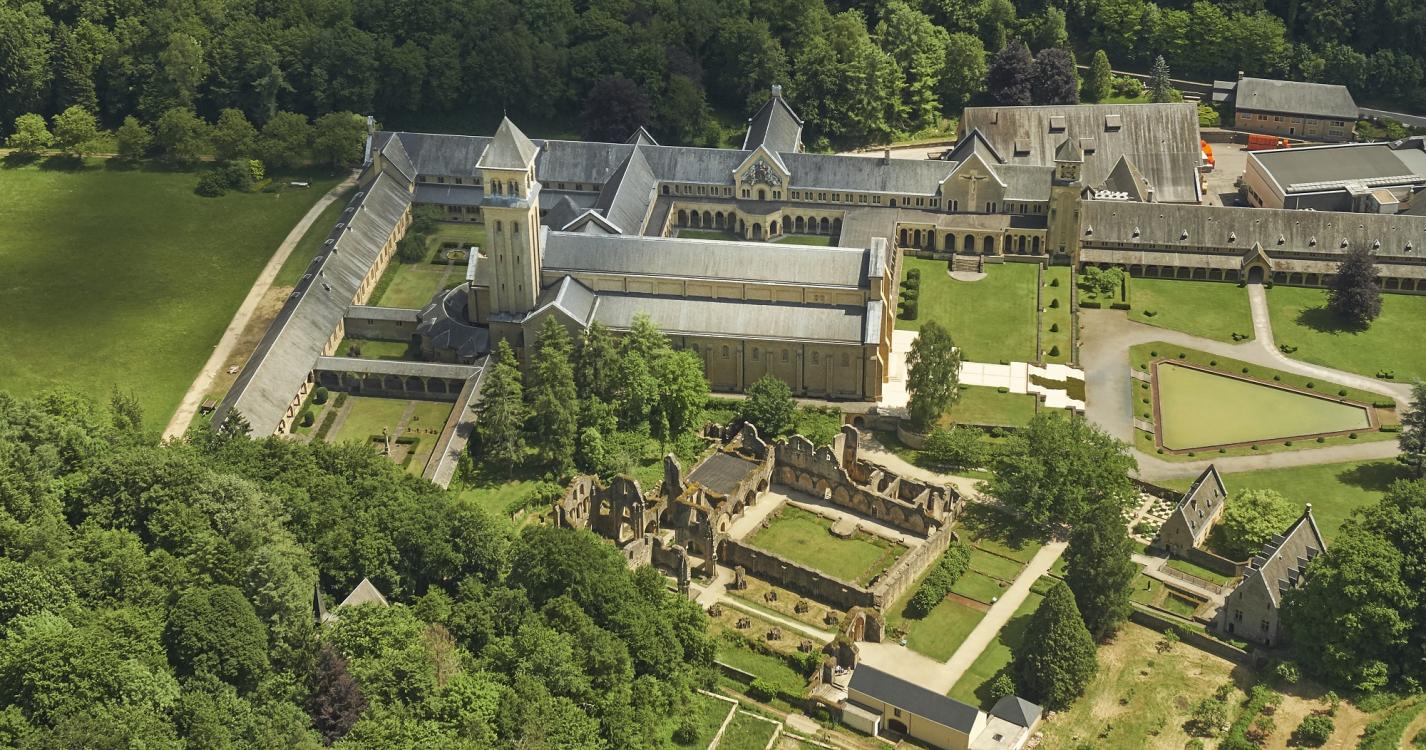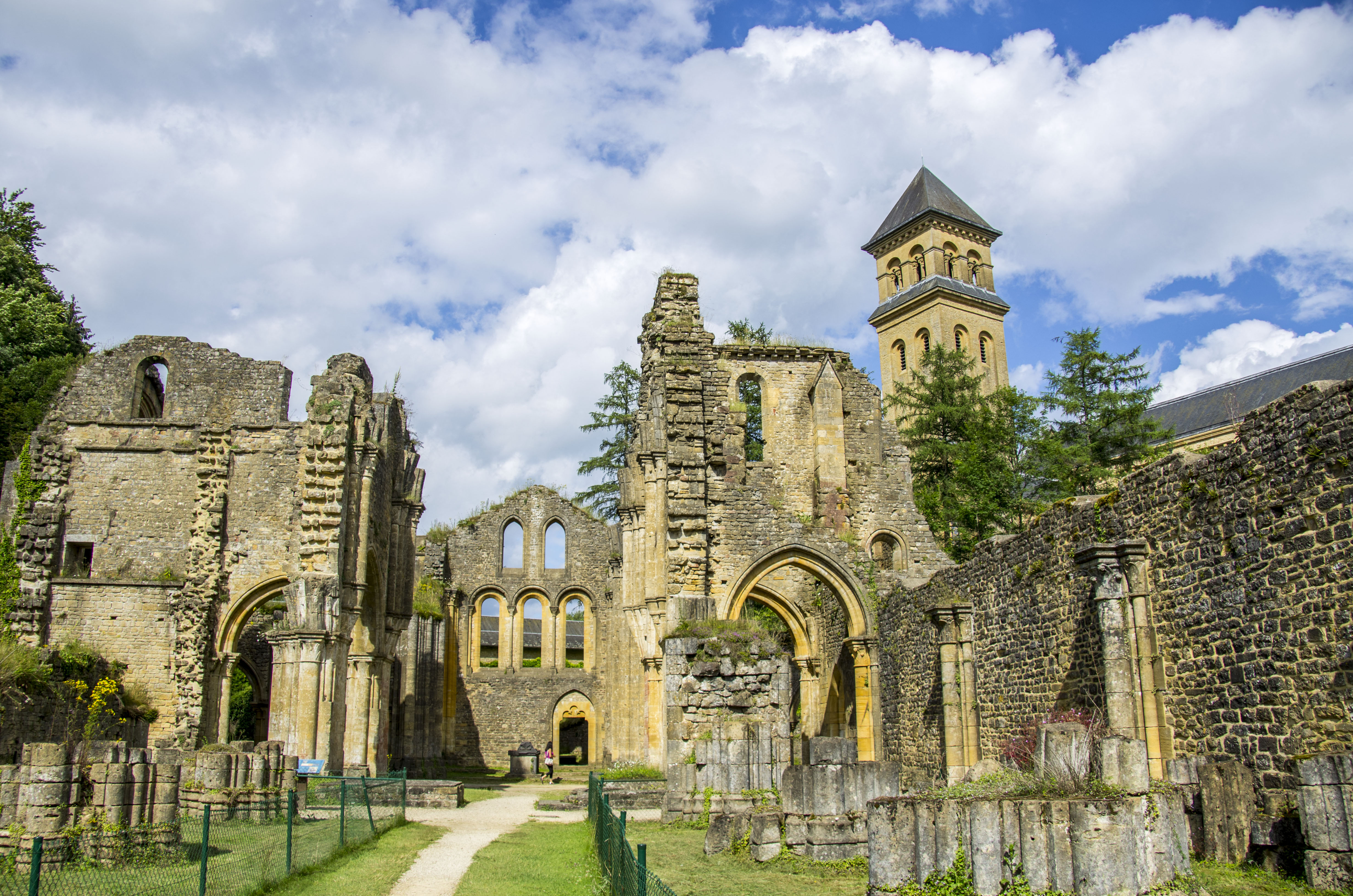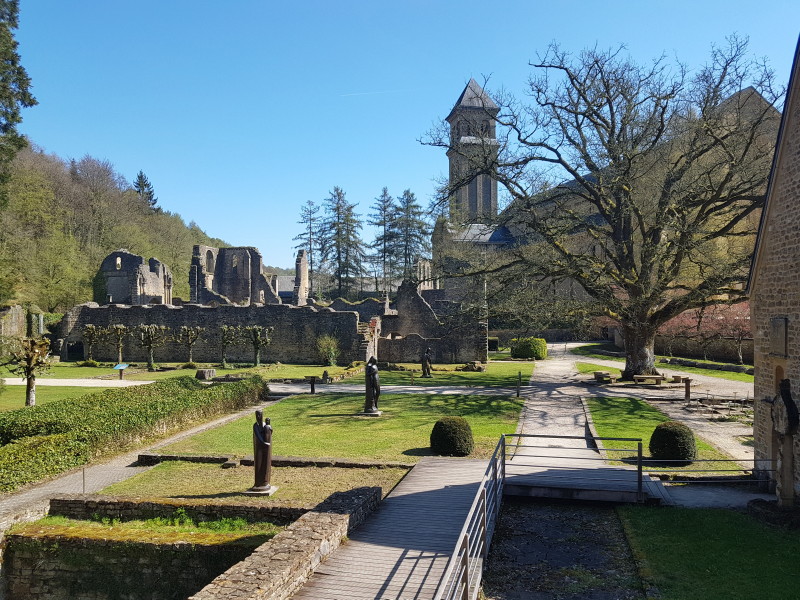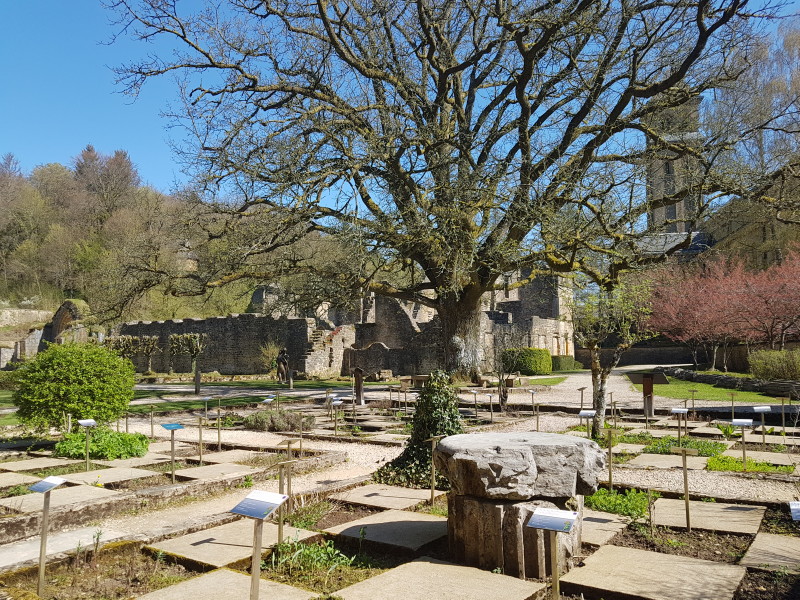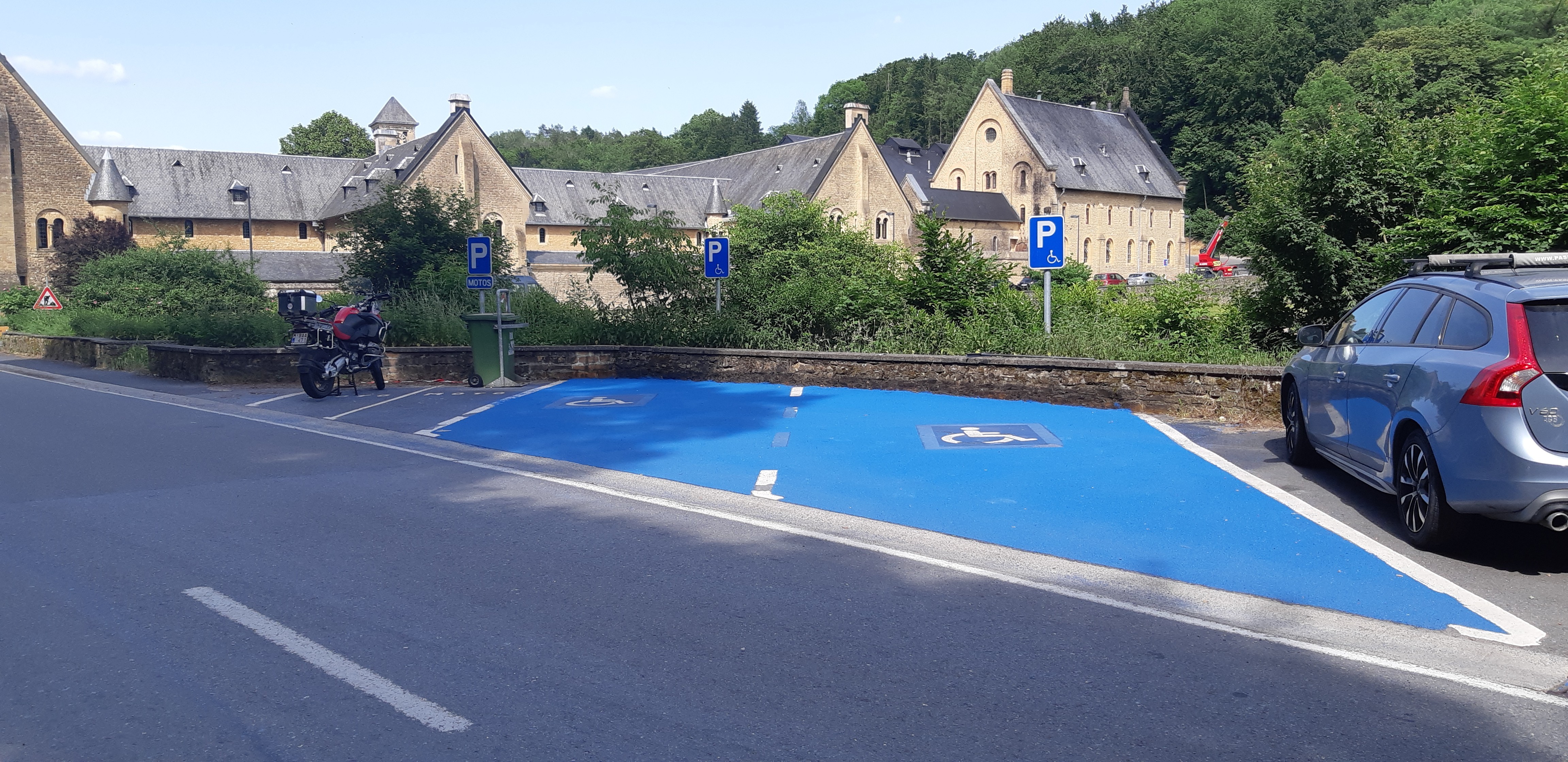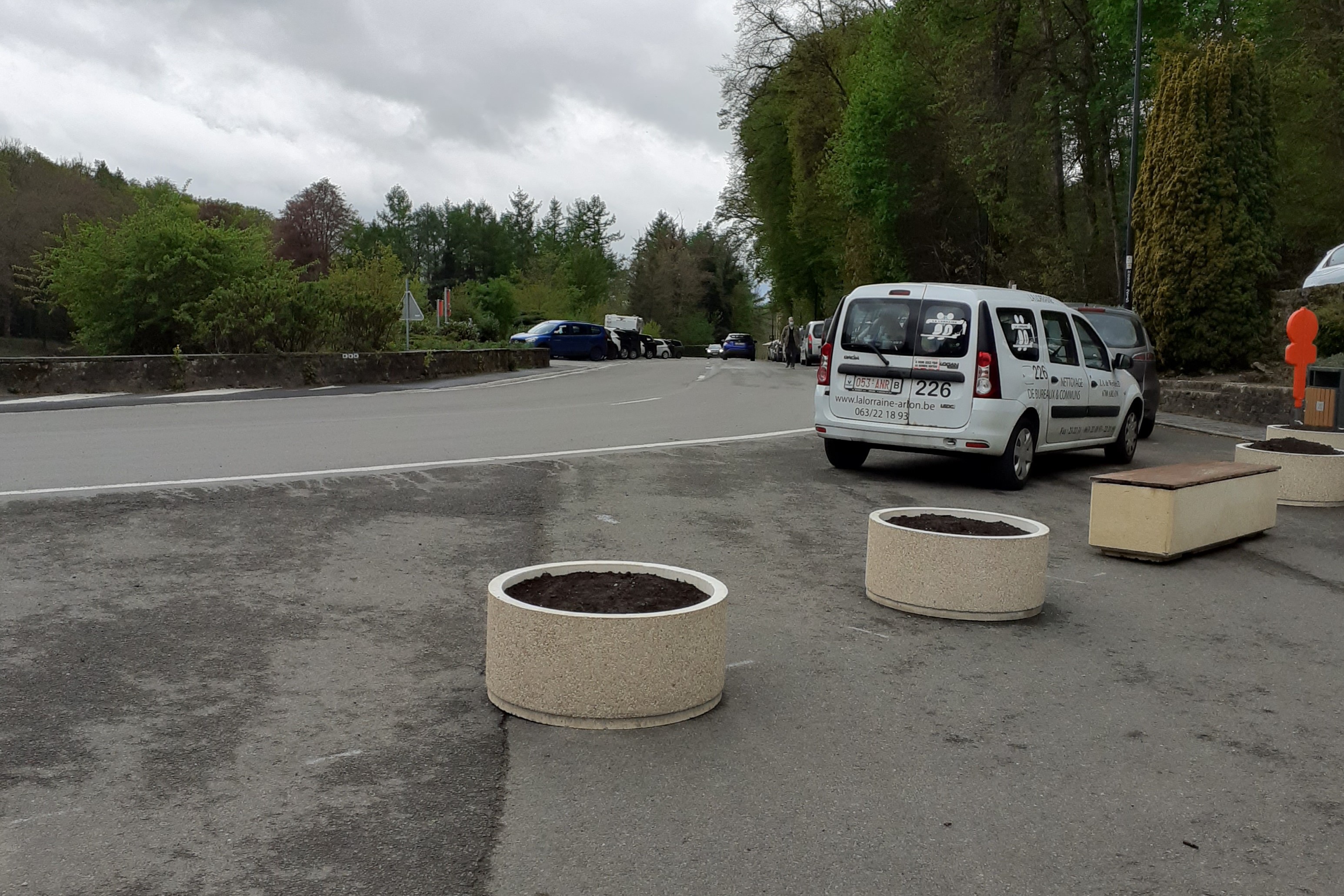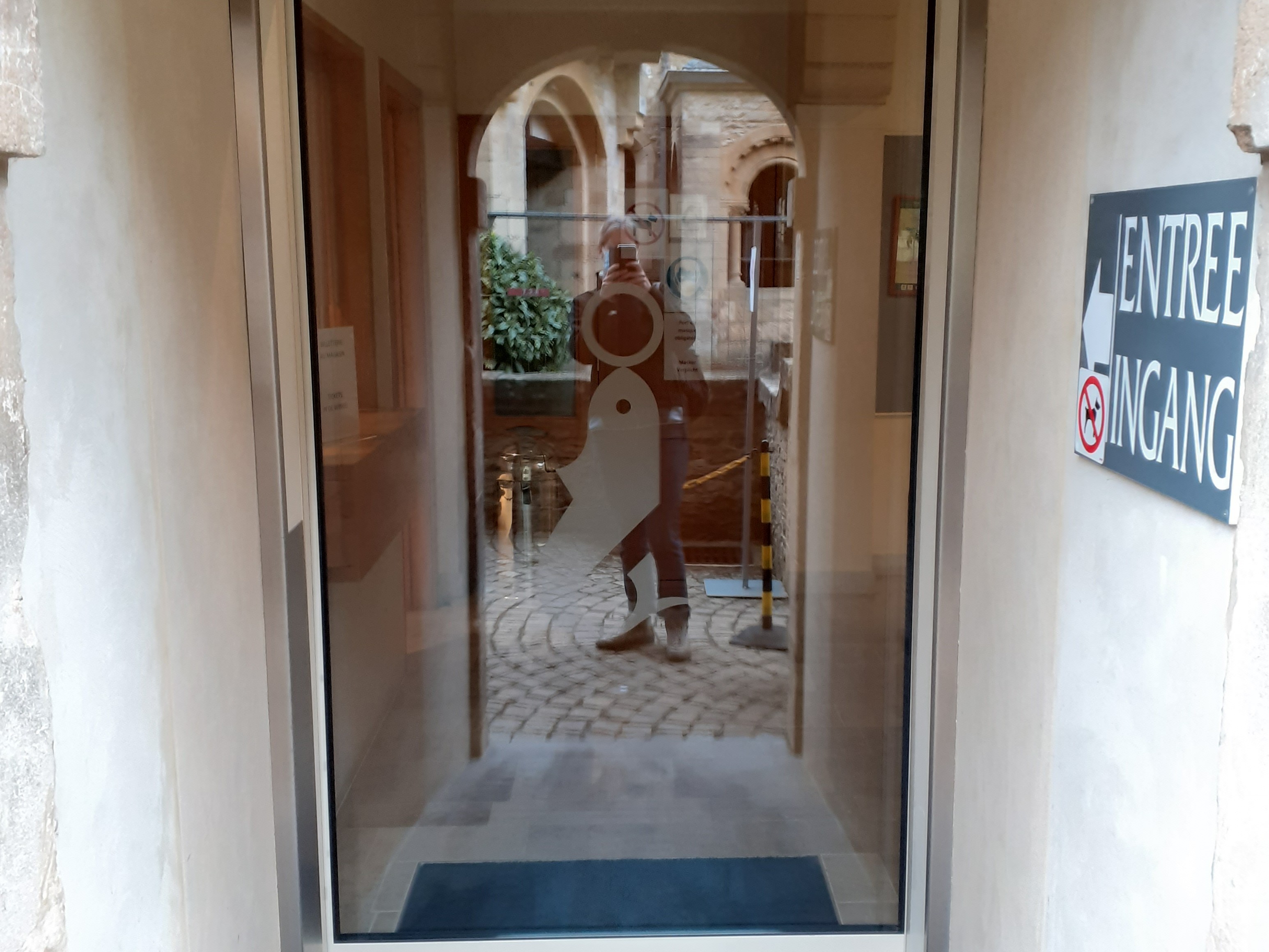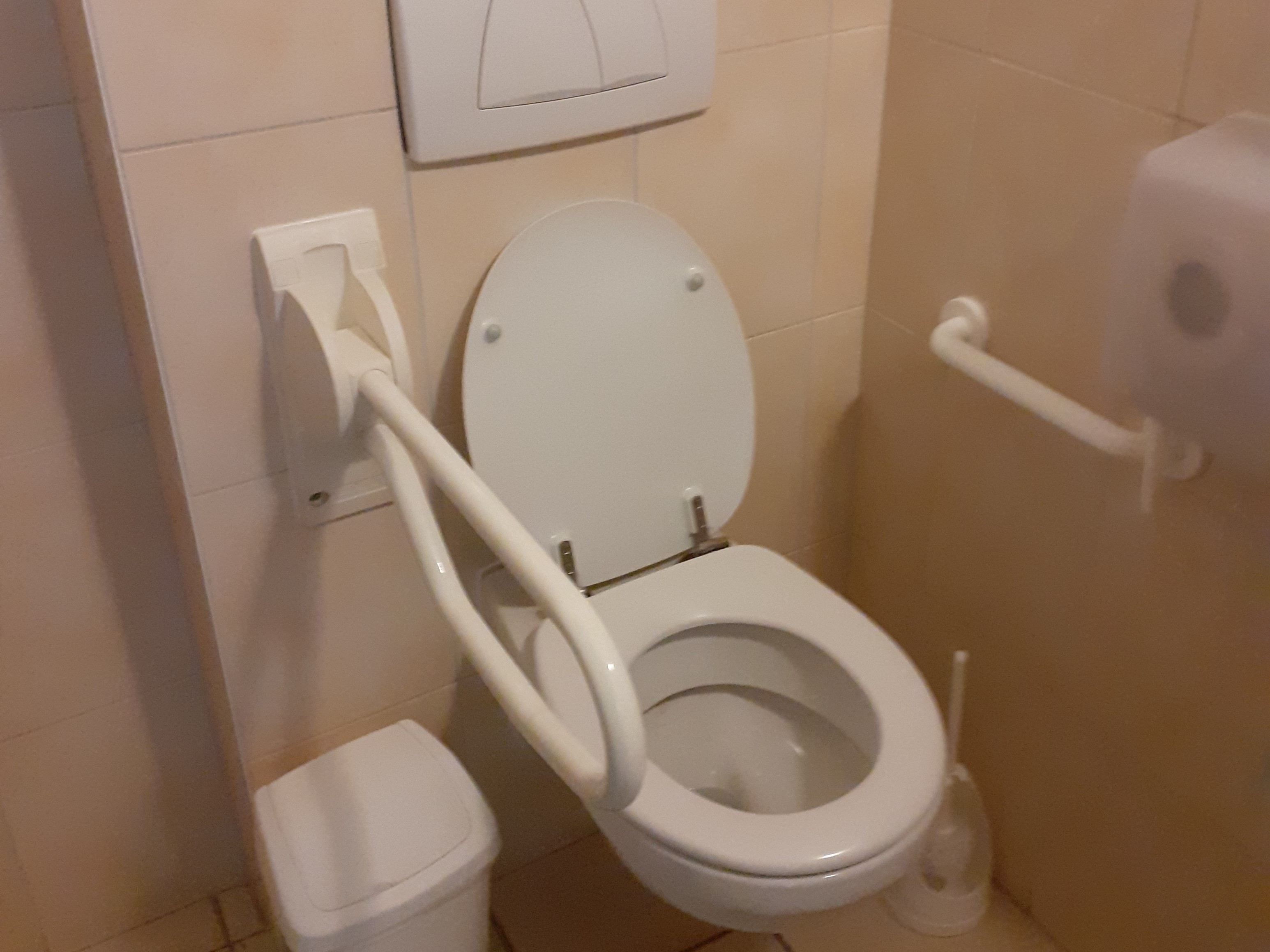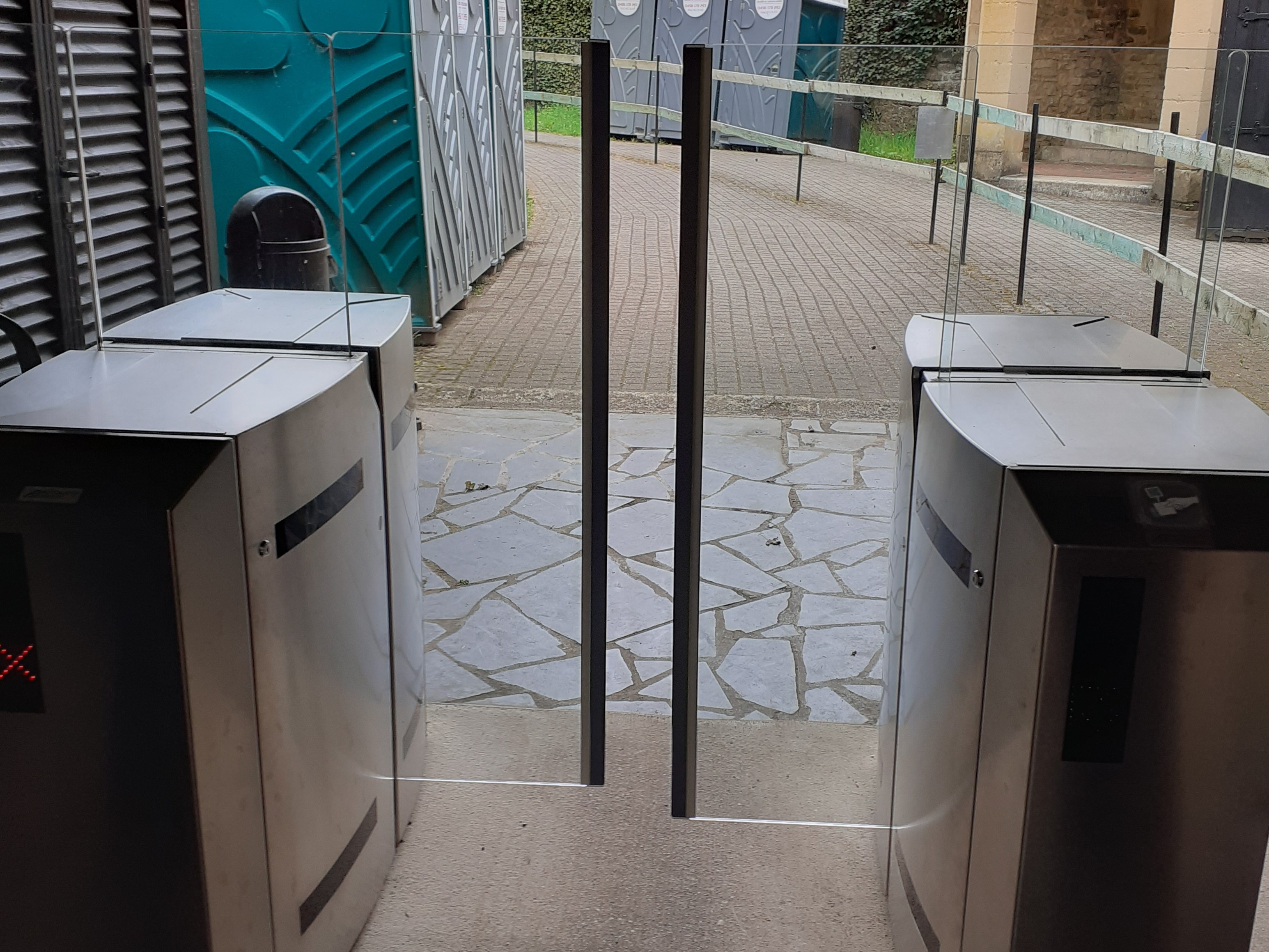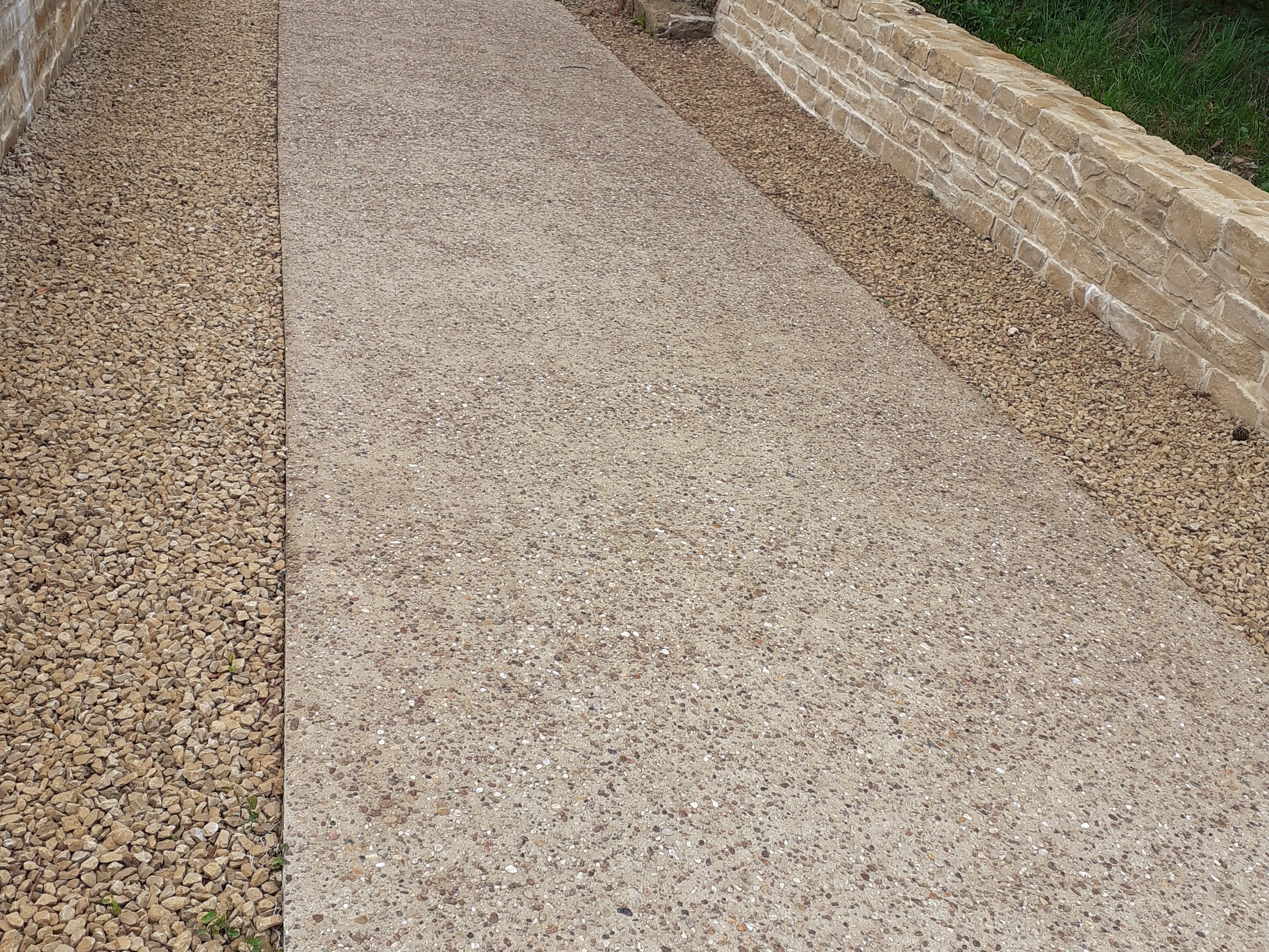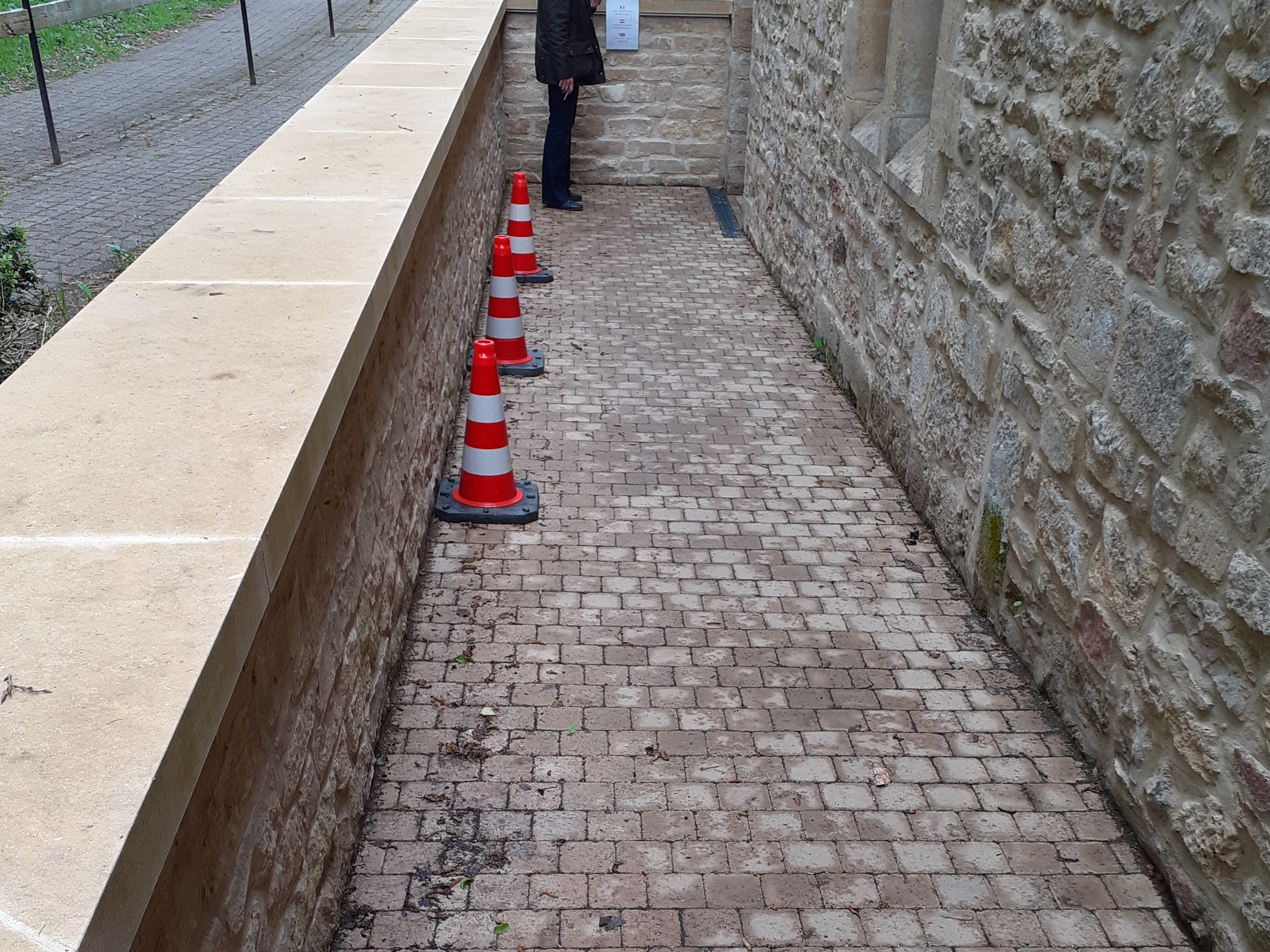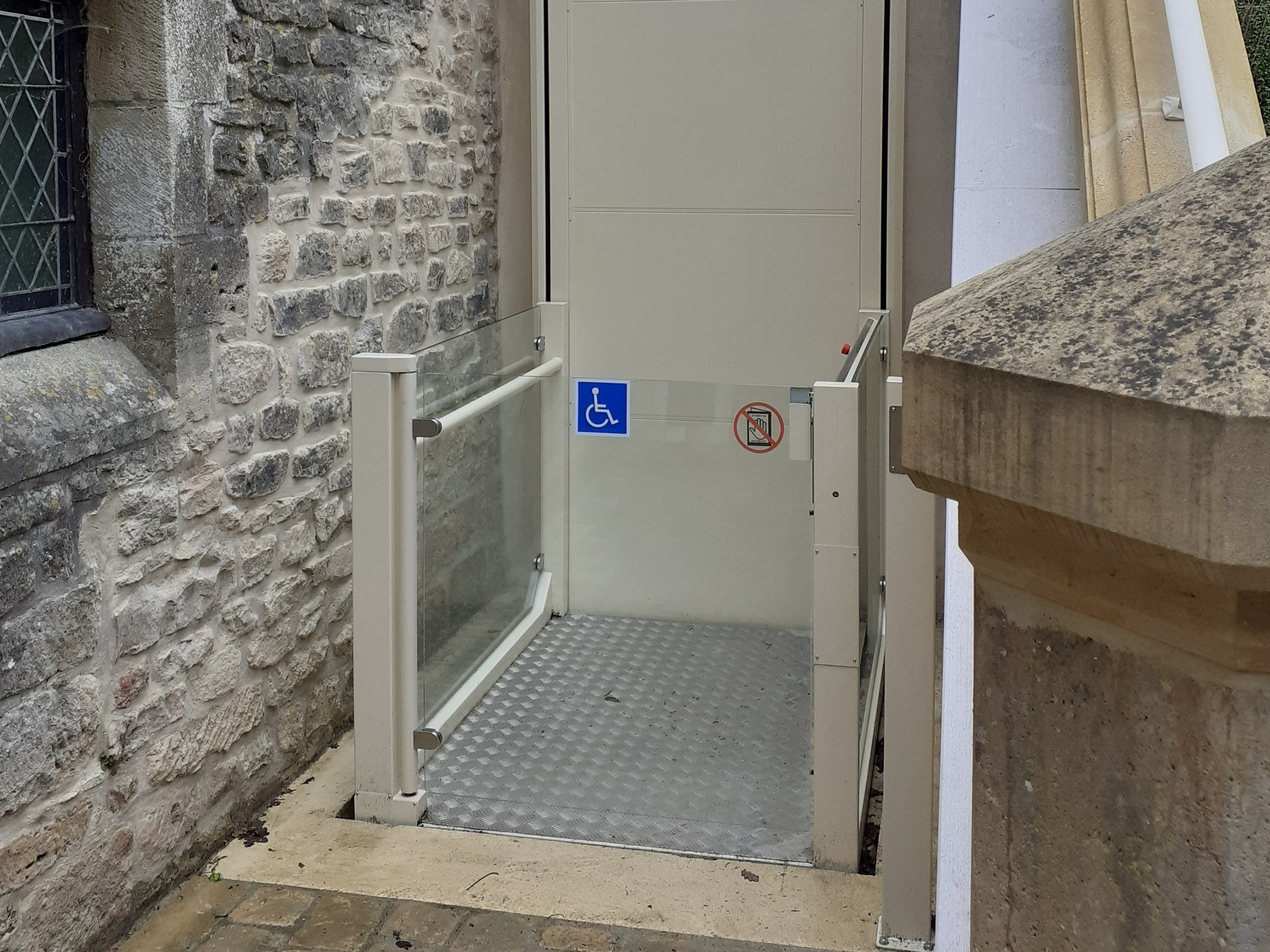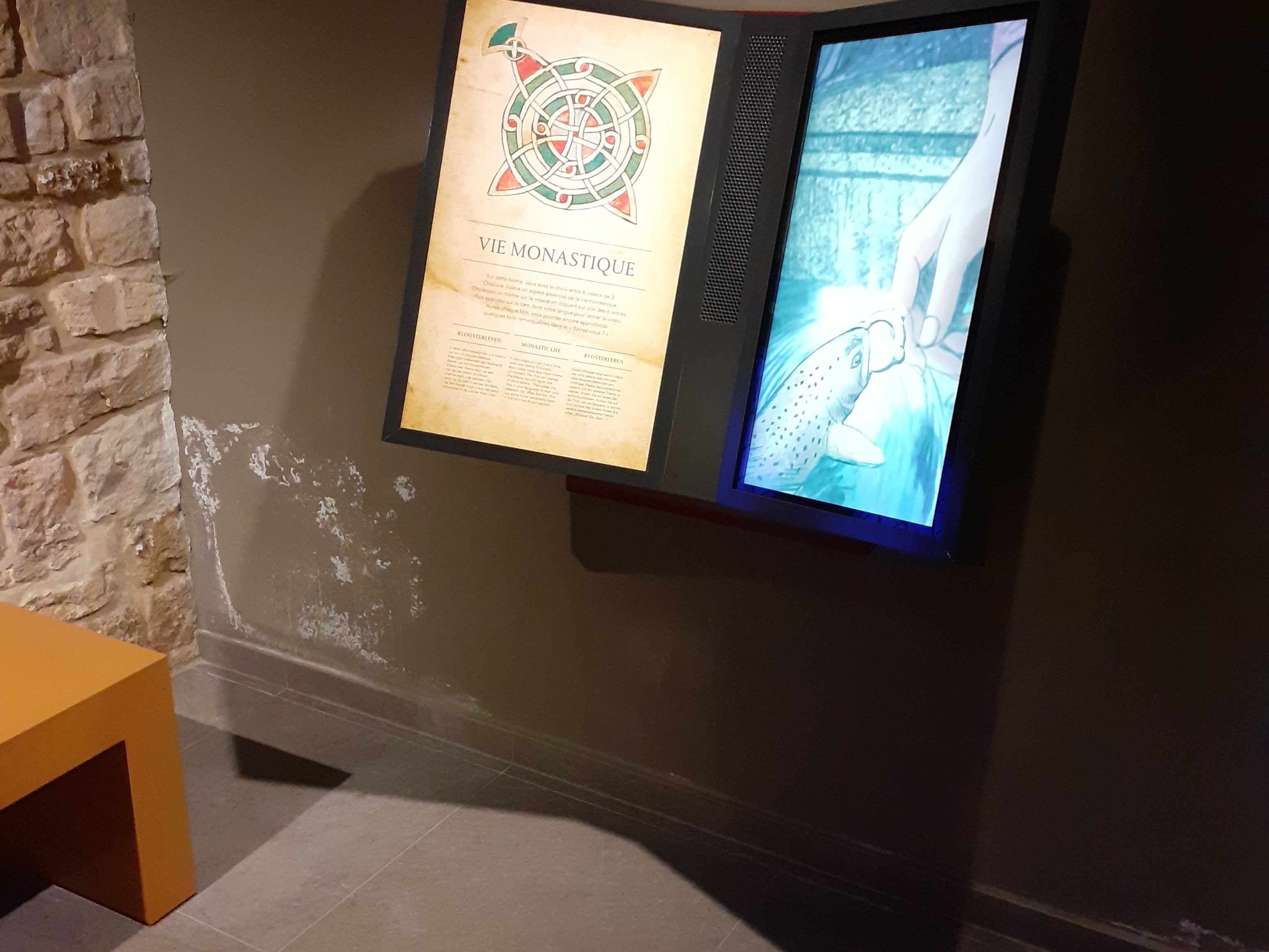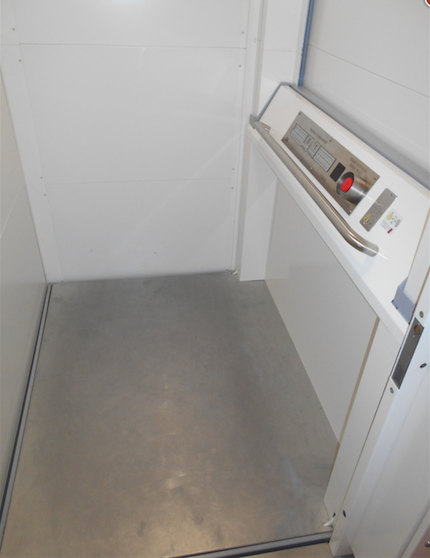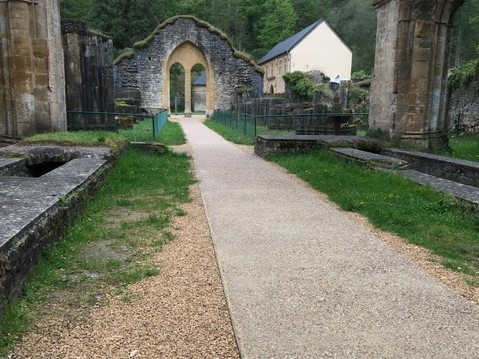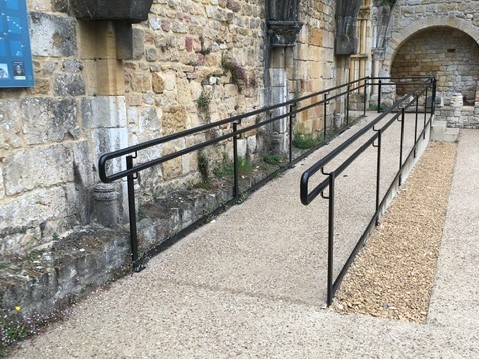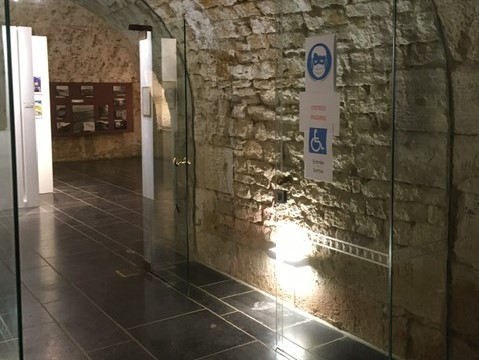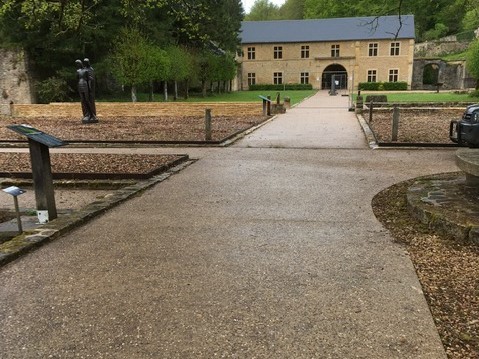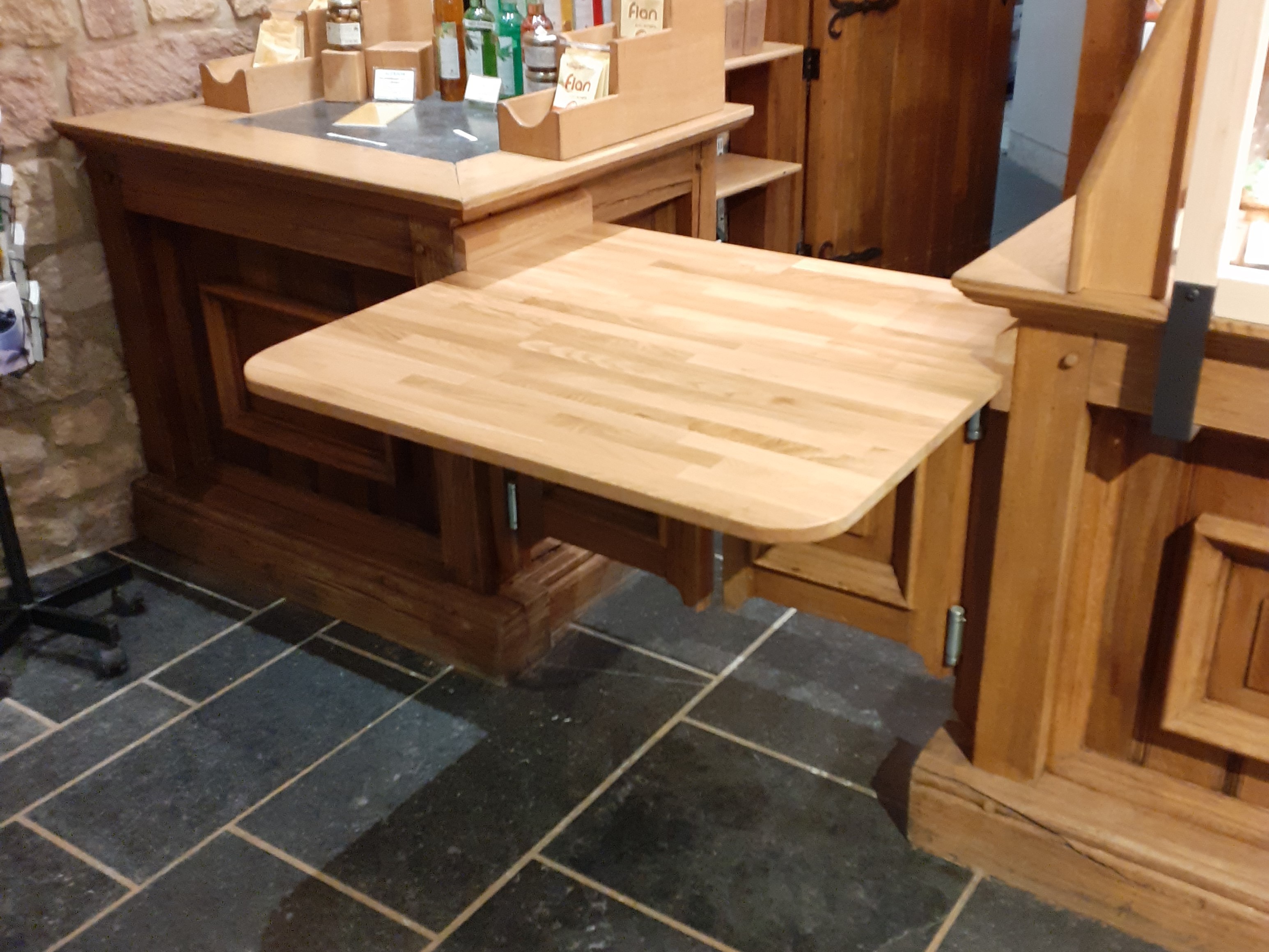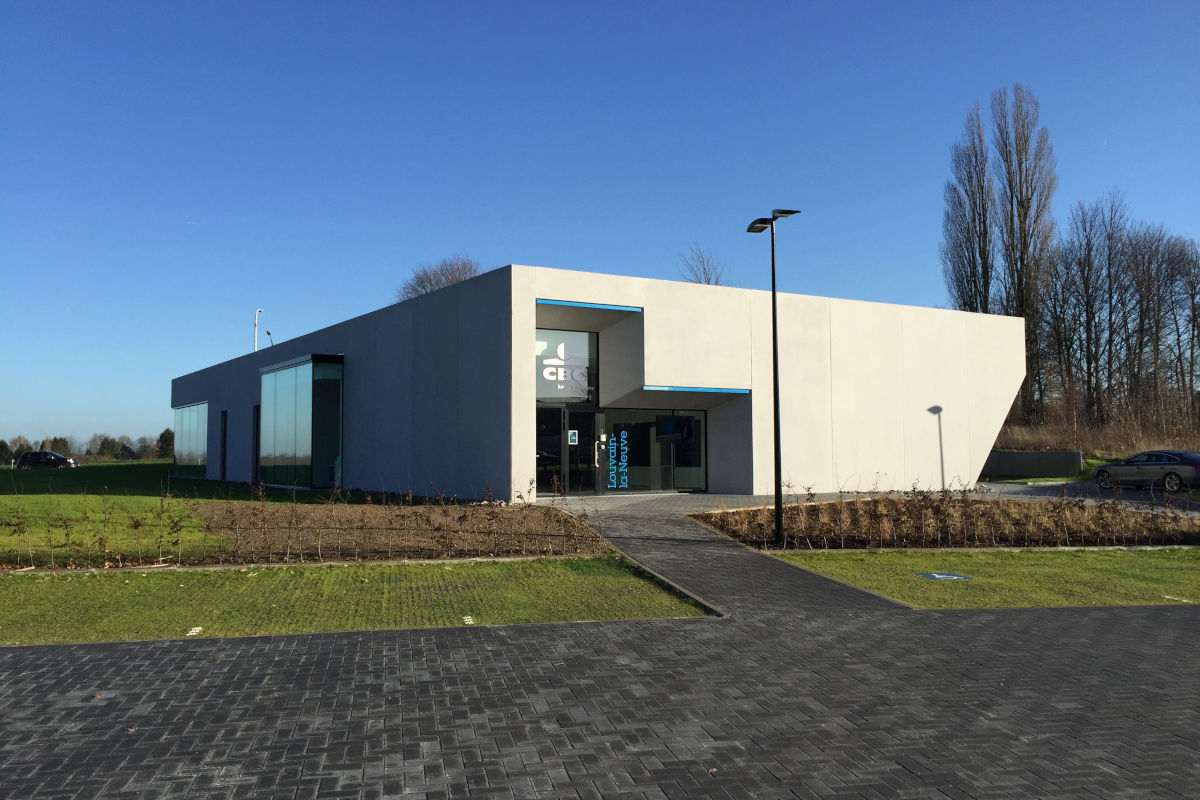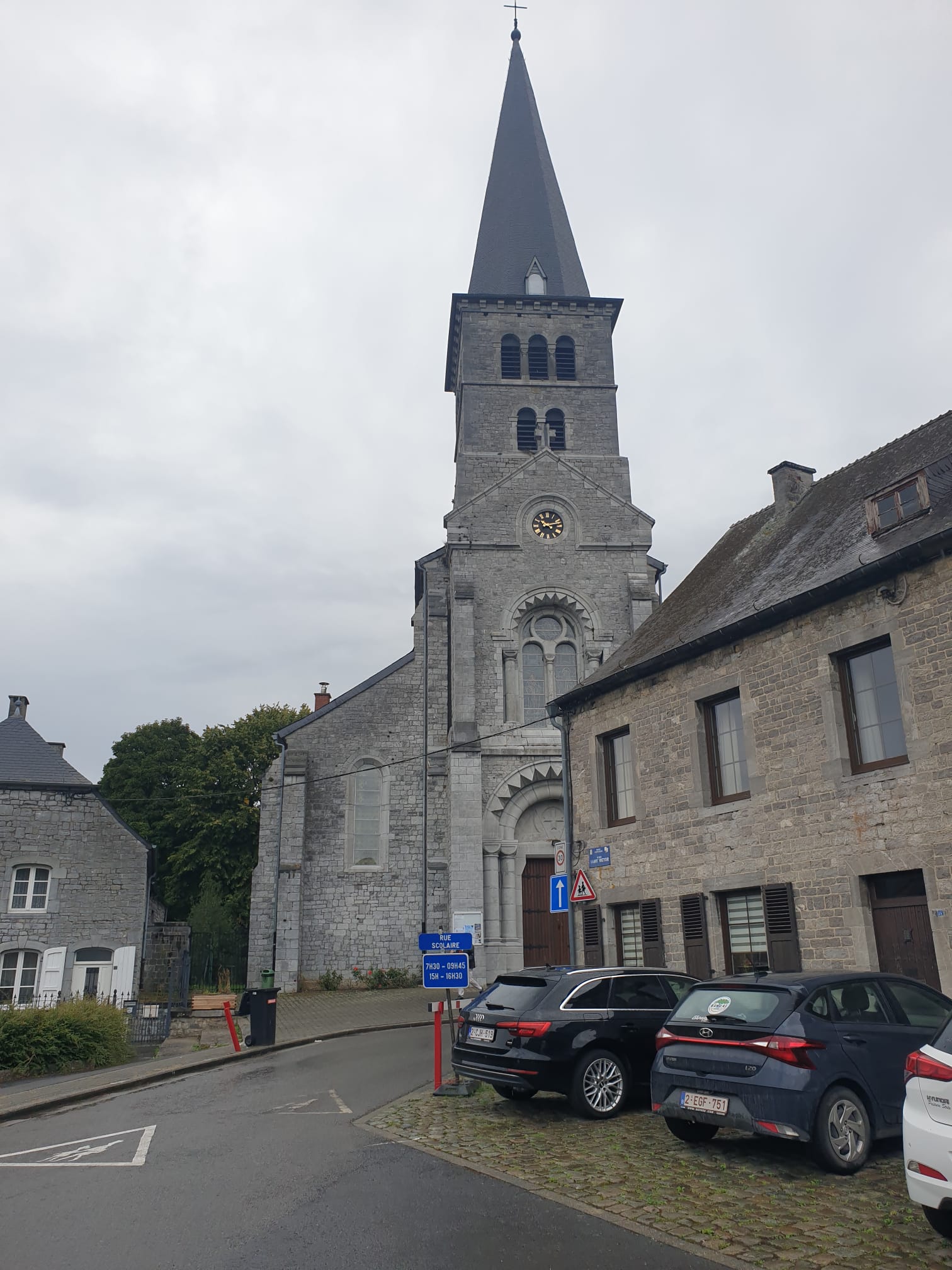A visit to the ruins of the former Cistercian abbey and its museums offers you the opportunity to discover a place steeped in authenticity. At the bottom of a valley springs the Mathilde fountain and its legend.
The Guest House transports you to the Cistercian scriptorium. Video presentations on large lecterns introduce you to the history of the monastery and the life of the monastic community today. Animated models then introduce you to the three architectural periods of the Abbey.
The interpretive trail through the medieval ruins explains the purpose of the monastic buildings.
Depending on your interests, you will be fascinated by the collections of sacred art and the old forges, housed in the 18th-century cellars.
The medicinal herb garden illustrates the uses of the ancient monastic pharmacy with its period objects.
Artistic and historical exhibitions are added periodically.
Practical information :
A new washed concrete path has been created. It allows visitors to explore the entire site, connecting the various museums and passing through the ruins.
Access to the ‘Maison des hôtes’ has been completely redesigned with the creation of a ramp, automatic doors and a lift providing access to the exhibition room on the first floor.
